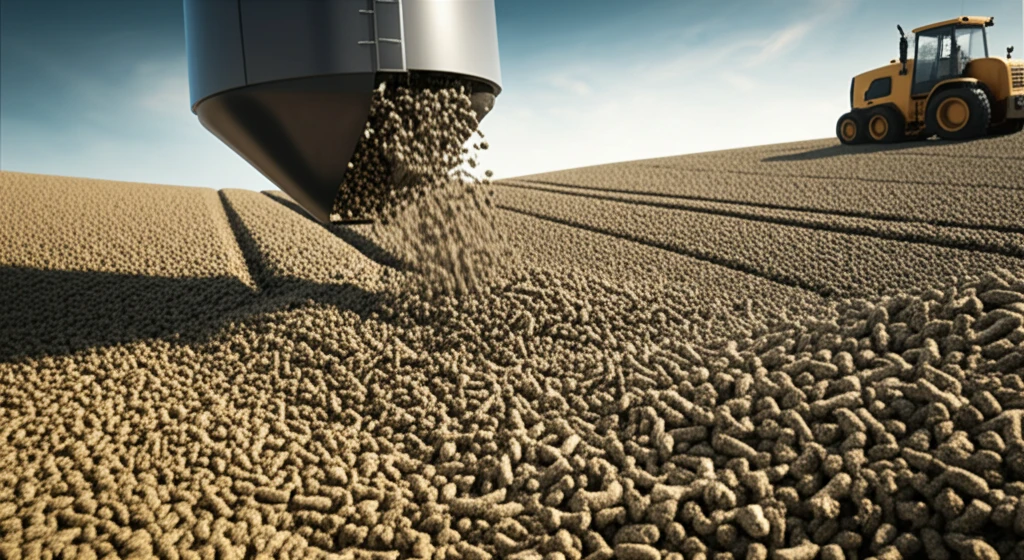
Unlock the Potential of Biomass: How Densification is Revolutionizing Renewable Energy
"Discover the future of sustainable biofuels through biomass densification, turning agricultural waste into a powerful energy source."
In the quest for sustainable energy solutions, agricultural biomass residues are emerging as a promising alternative to fossil fuels. These residues, including straw from crop production and waste from commercial processing plants, have often been overlooked, presenting a disposal challenge. However, they represent an abundant and inexpensive source of renewable lignocellulosic biomass.
To harness the potential of agricultural biomass, new methodologies must be developed to process it into a suitable feedstock for biofuel production. Economic barriers, such as variable residue quality, collection costs, and transportation challenges, need to be addressed. Densification of biomass emerges as a pivotal pre-processing step, transforming raw materials into a more manageable and energy-efficient form.
This article explores the transformative process of biomass densification, highlighting its significance in reducing industry operational costs and meeting the raw material demands for biofuel production. By increasing the bulk density and creating durable compacts, densification addresses the handling, transportation, and storage challenges associated with biomass. Join us as we delve into the methods, benefits, and factors influencing this vital aspect of renewable energy.
Why Densification Matters: Transforming Waste into Energy

Biomass, in its raw state, presents several logistical challenges. Its high moisture content, irregular shape and size, and low bulk density make it difficult to handle, transport, store, and utilize efficiently. Densification offers a solution by compacting biomass into durable forms, reducing material waste and increasing its overall value.
- Improved Handling and Storage: Densified products, with their uniform shape and size, can be easily handled using standard equipment, simplifying logistics and reducing storage space.
- Versatile Applications: Densified biomass can be readily adopted in direct-combustion or co-firing with coal, gasification, pyrolysis, and biochemical processes, expanding its utility across various energy applications.
- Reduced Material Waste: By compacting biomass, densification minimizes material waste, optimizing resource utilization and promoting sustainability.
The Future of Biomass Densification: A Sustainable Energy Pathway
Biomass densification is a critical step towards unlocking the full potential of agricultural residues as a sustainable energy source. By addressing the handling, transportation, and storage challenges associated with raw biomass, densification enhances its economic viability and environmental benefits. Ongoing research and development efforts are essential to optimize densification techniques, improve pellet quality, and expand the utilization of biomass in various energy applications, paving the way for a greener and more sustainable future.
